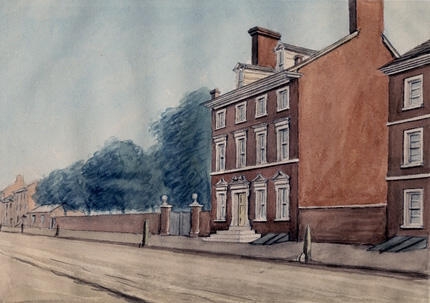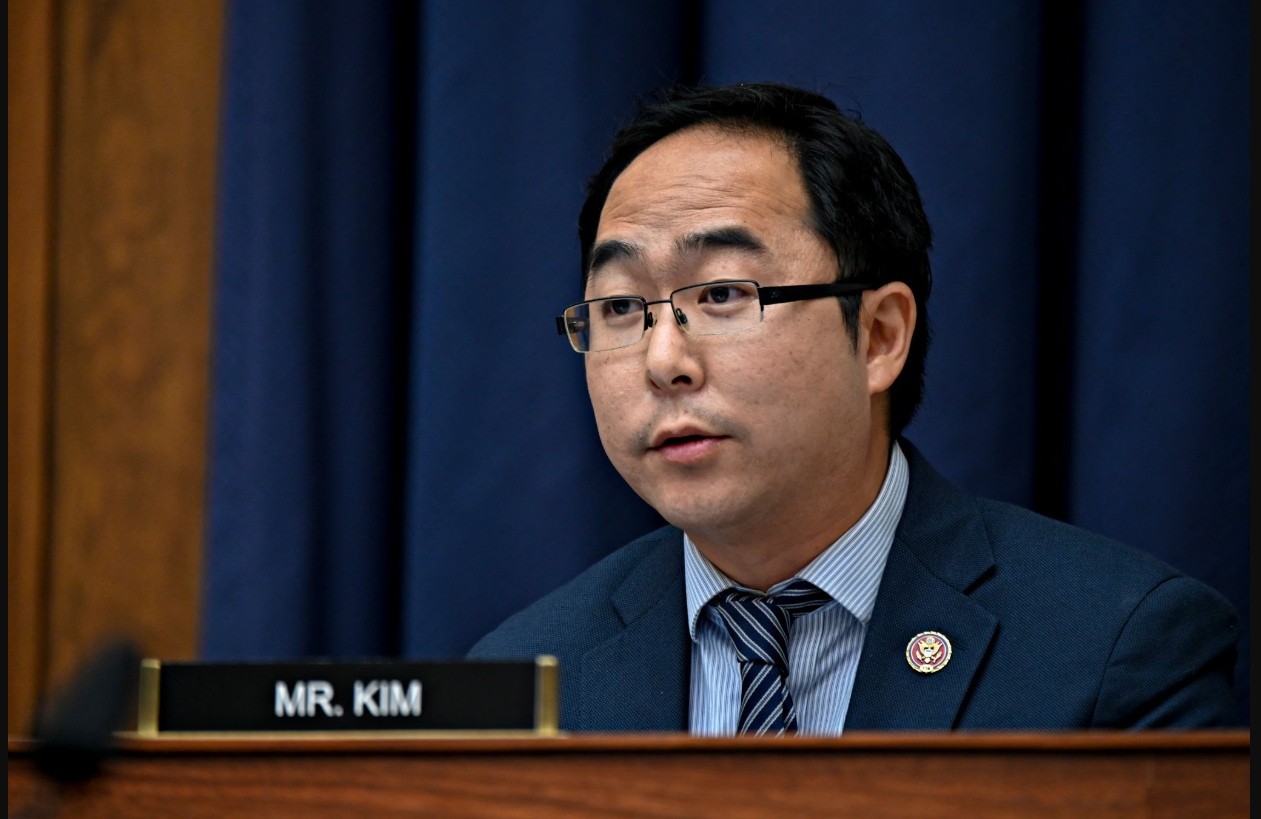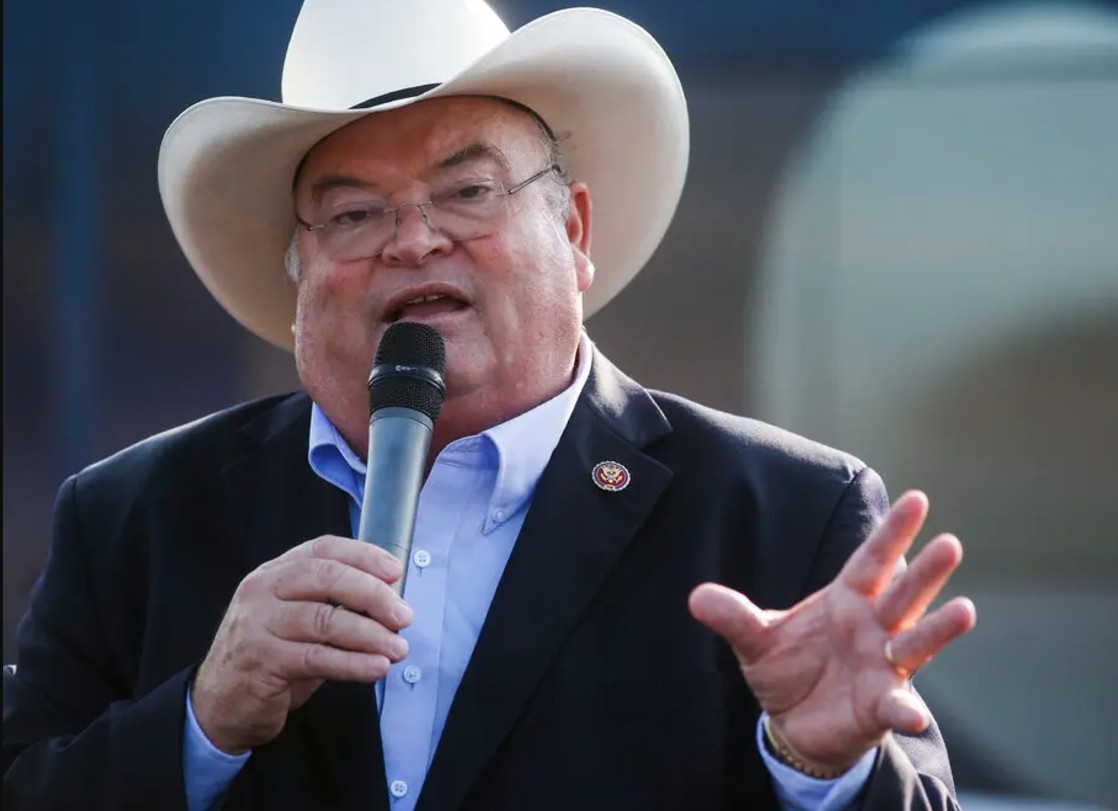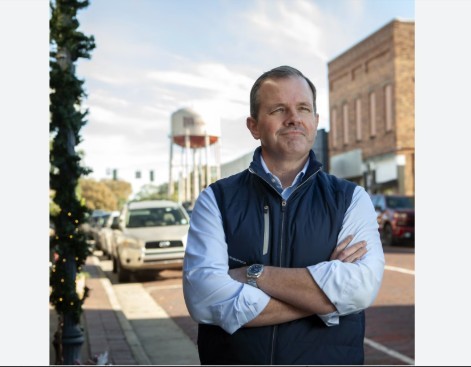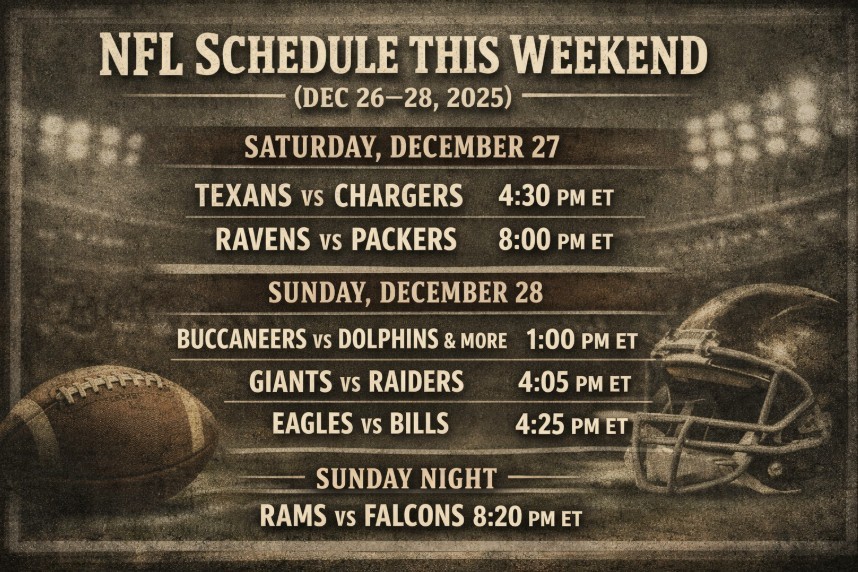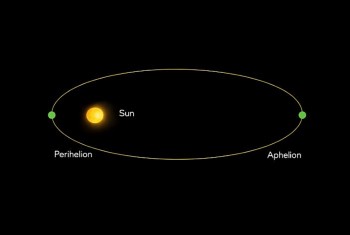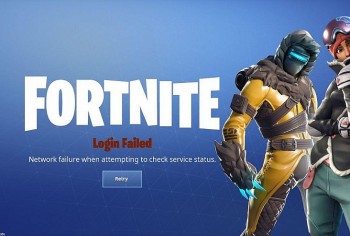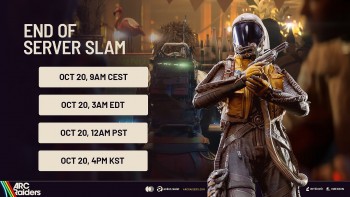Who Was The First President of America: George Washington's Biography, Personal Life, Fun Facts
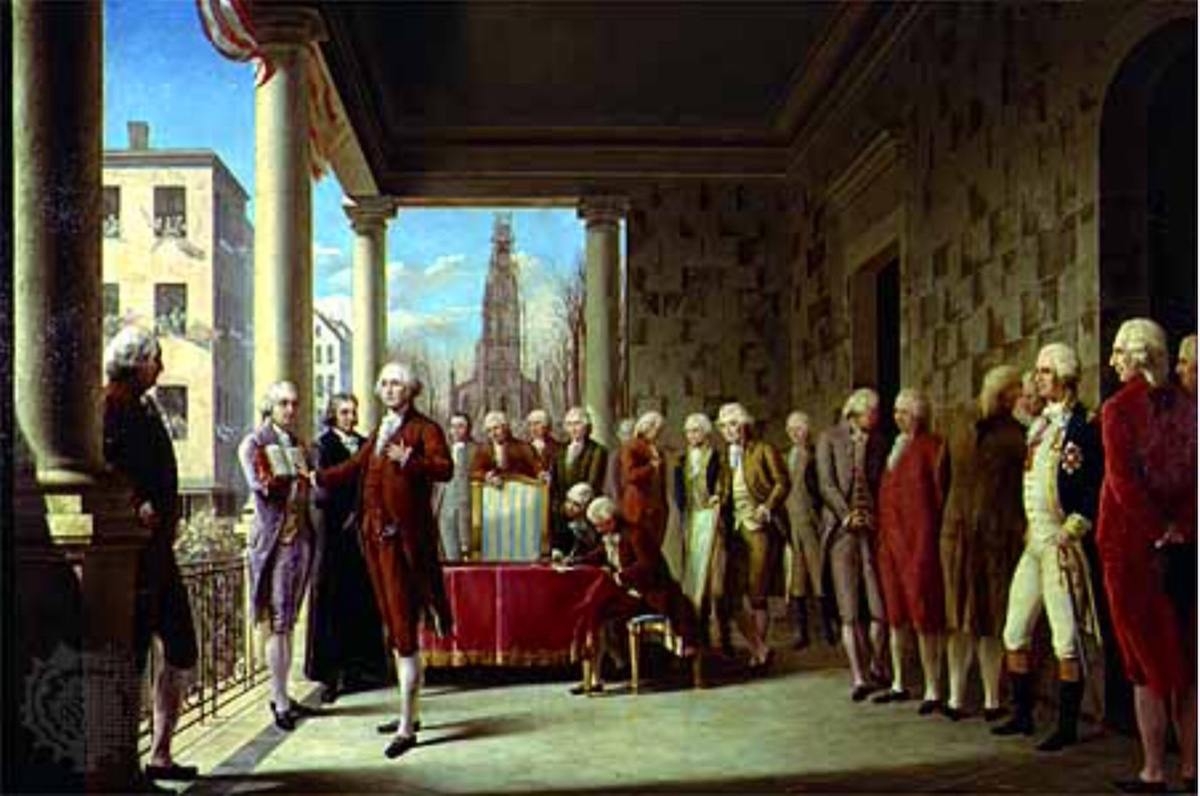 |
| Photo 6sqft |
On April 30, 1789, George Washington, standing on the balcony of Federal Hall on Wall Street in New York, took his oath of office as the first President of the United States. “As the first of every thing, in our situation will serve to establish a Precedent,” he wrote James Madison, “it is devoutly wished on my part, that these precedents may be fixed on true principles.”
Who Was George Washington?
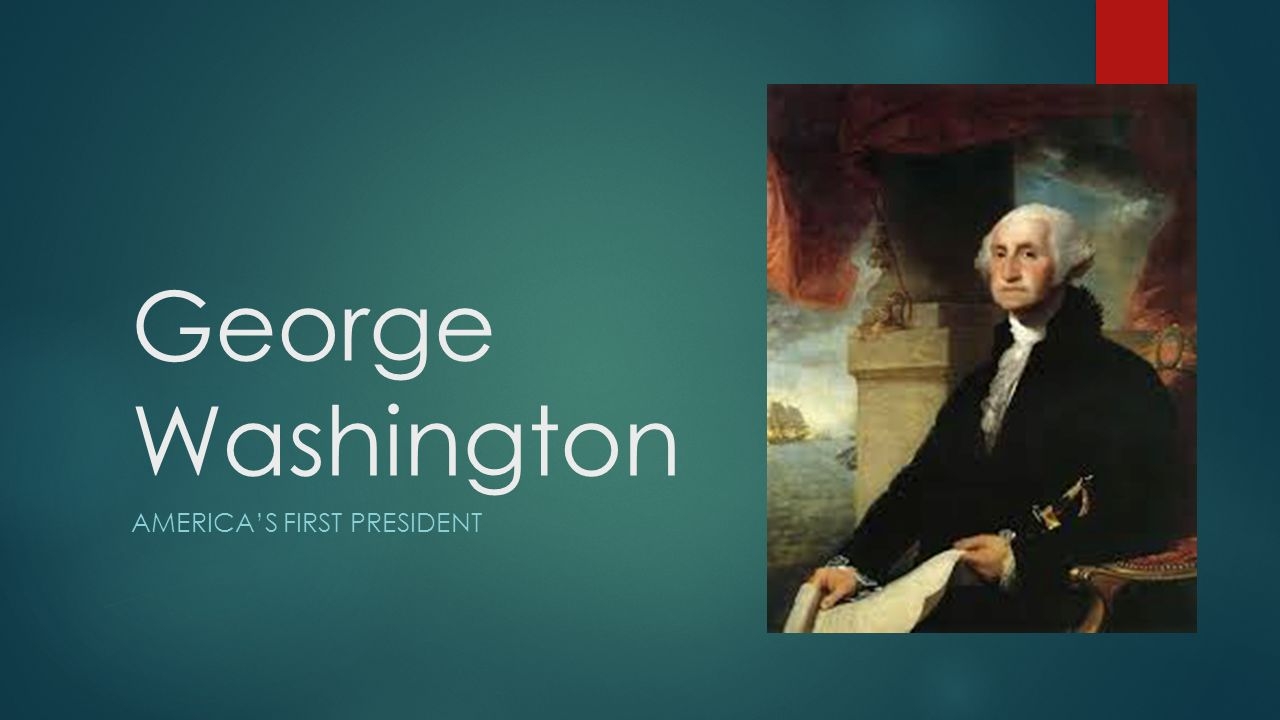 |
| Photo Slideplayer |
George Washington was a Virginia plantation owner who served as a general and commander-in-chief of the colonial armies during the American Revolutionary War, and later became the first president of the United States, serving from 1789 to 1797.
| FAST FACTS NAME: George Washington NICKNAME: Father of His Country BORN: February 22, 1732, in Popes Creek, Virginia DIED: December 14, 1799, in Mount Vernon, Virginia TIME IN OFFICE: April 30, 1789, to March 3, 1797 VICE PRESIDENT: John Adams POLITICAL PARTY: Federalist |
Early Life and Family
Washington was born on February 22, 1732, in Westmoreland County, Virginia. He was the eldest of Augustine and Mary’s six children, all of whom survived into adulthood.
The family lived on Pope's Creek in Westmoreland County, Virginia. They were moderately prosperous members of Virginia's "middling class."
Washington could trace his family's presence in North America to his great-grandfather, John Washington, who migrated from England to Virginia. The family held some distinction in England and was granted land by Henry VIII.
But much of the family’s wealth in England was lost under the Puritan government of Oliver Cromwell. In 1657 Washington’s grandfather, Lawrence Washington, migrated to Virginia. Little information is available about the family in North America until Washington’s father, Augustine, was born in 1694.
President Washington never lived in Washington, D.C.
George Washington is the only US president to have never occupied the White House. In New York and then later in Philadelphia, the Washingtons occupied a series of grand houses, where they received members of Congress, officials, foreign dignitaries, and other prominent people according to a standing weekly schedule. The presidential home in Philadelphia (Historical Society of Pennsylvania) In July 1790, Congress passed the Residence Act which called for the permanent capital of the United States to be located on the Potomac River (the future Washington D.C.). President Washington personally overlooked the building of what he once termed "the seat of Empire." He specified the location of the ten-mile square federal district, the President's mansion (the White House), and the Capitol. |
A Modest Military Leader
Washington was elected by the Virginia legislature to both the First and the Second Continental Congress, held in 1774 and 1775. In 1775, after local militia units from Massachusetts had engaged British troops near Lexington and Concord, the Second Continental Congress appointed Washington commander of all the colonial forces. Showing the modesty that was central to his character, and would later serve the young Republic so well, Washington proclaimed, "I do not think myself equal to the command I am honored with."
After routing the British from Boston in the spring of 1776, Washington fought a series of humiliating battles in a losing effort to defend New York. But on Christmas Day that same year, he led his army through a ferocious blizzard, crossed the Delaware into New Jersey, and defeated the Hessian forces at Trenton. In May 1778, the French agreed to an alliance with the Americans, marking the turning point of the Revolution. Washington knew that one great victory by his army would collapse the British Parliament's support for its war against the colonies. In October 1781, Washington's troops, assisted by the French Navy, defeated Cornwallis at Yorktown. By the following spring the British government was ready to end hostilities.
| FUN FACTS • Washington is the only president to have a state named for him. • The first president was so worried about being buried alive, he insisted mourners wait at least three days before burying him. Just in case. • The first president is the only president not to live in the White House. |
How did he become US President?
 |
| Photo mountvernon |
After the end of the war, the former colonies operated under the Articles of Confederation, a document that placed most power with the states. For example, each state printed its own money. There was no national leader. The individual states were not supporting each other as one country, and the new nation seemed to be in trouble.
In 1787 state representatives gathered in Philadelphia, Pennsylvania, at the Constitutional Convention to fix these problems. There, the delegates wrote the Constitution of the United States. This document created a strong federal government: two chambers of legislators (also called lawmakers), a federal court system, and a president. The Constitution still serves as the foundation for the United States government today.
Based on the Constitution’s directions, states chose representatives to elect a president. Washington won the vote, making him the first-ever president of the United States. John Adams received the second most votes and became vice president.
| Washington’s second inaugural address is the shortest ever delivered Washington’s second inaugural, delivered March 4, 1793, clocked in at less than two minutes and was only 135 words in length. The text of that ever-so-brief address reads: “I am again called upon by the voice of my country to execute the functions of its Chief Magistrate. When the occasion proper for it shall arrive, I shall endeavor to express the high sense I entertain of this distinguished honor, and of the confidence which has been reposed in me by the people of united America.” “ Previous to the execution of any official act of the President the Constitution requires an oath of office. This oath I am now about to take, and in your presence: That if it shall be found during my administration of the Government I have in any instance violated willingly or knowingly the injunctions thereof, I may (besides incurring constitutional punishment) be subject to the upbraidings of all who are now witnesses of the present solemn ceremony.” |
| Washington set precedents for the social life of the president Washington was concerned that the presidents of the Confederation Congress had been overwhelmed by visitors in the past. As a result, during the presidency Washington set aside the late afternoon for meetings with the public and evenings for dinner parties with invited guests. On Tuesday afternoons Washington received male callers from three until four o'clock in the afternoon. The reception was a series of gentlemanly introductions and greetings where Washington was visited in a formal manner as President of the United States. Friday evenings included both women and men and were less formal affairs featuring interaction with colleagues and other politicians. |
Key Legislation during Washington's Presidency
 |
| Photo mountvernon |
Judiciary Act of 1789
Established a 6-member Supreme Court and the position of Attorney General
Naturalization Act of 1790
Established rules to be followed in granting national citizenship
Residence Act of 1790
Directed that the permanent federal capital be positioned along the Potomac River near Georgetown - the future Washington DC.
Copyright Act of 1790
The first federal copyright legislation designed for the “encouragement of learning.”
Bank Act of 1791
Created the First Bank of the United States
Excise Tax on Whiskey 1791
This measure levied a federal tax on domestic and imported alcohol, earmarked to offset a portion of the federal government’s recent assumption of state debts. This highly unpopular tax led to the Whiskey Rebellion.
Coinage Act of 1792
Created the United States Mint and the Dollar as our official currency.
Militia Acts of 1792
Two acts that allowed the President to call out the militia when threatened by foreign or domestic threats and created a more uniform and regulated militia structure.
Fugitive Slave Act of 1793
Made it a federal crime to assist an escaping slave and created a system that would return escaped slaves to their masters.
Naval Act of 1794
Ordered that six frigates be built (ex. USS Constitution) and created the United States Navy.
Slave Trade Act of 1794
This law restricted American ships from participating in the Atlantic slave trade.
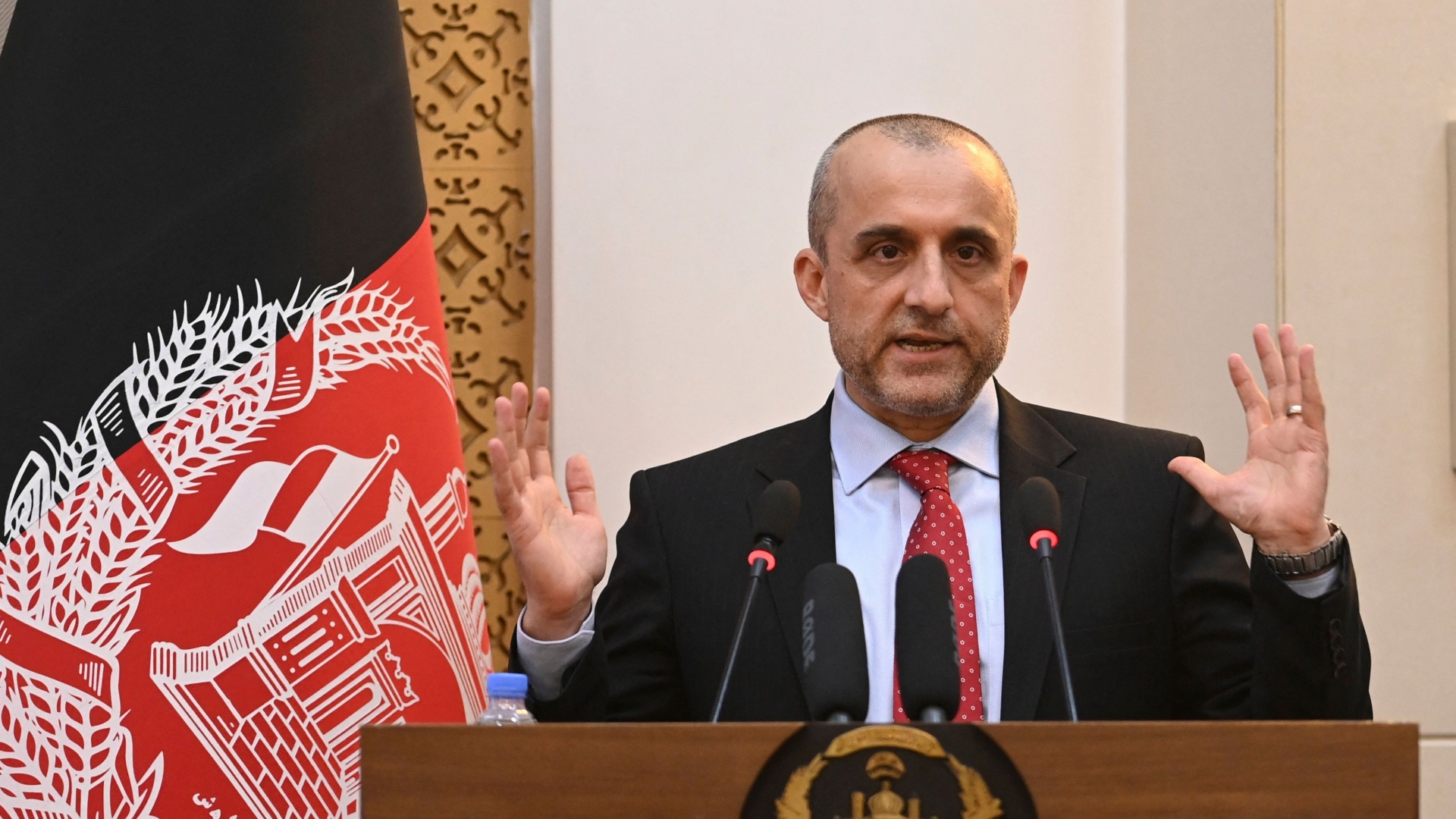 Who is Amrullah Saleh - Afghanistan’s ‘Caretaker President’ Who is Amrullah Saleh - Afghanistan’s ‘Caretaker President’ Amrullah Saleh has claimed himself as a caretaker president of Afghanistan after the President fled the country. Who is he? What did he do for ... |
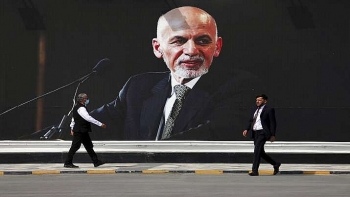 Where Afghanistan President Ghani Had Gone? Where Afghanistan President Ghani Had Gone? Taliban fighters entered Kabul and President Ashraf Ghani left Afghanistan. Where President Ghani had gone? |
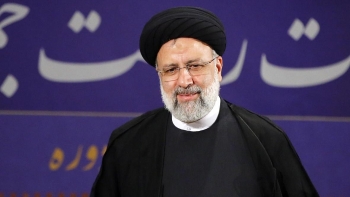 Who Is Ebrahim Raisi: Presidential Favourite Of Iran’s Hardliners? Who Is Ebrahim Raisi: Presidential Favourite Of Iran’s Hardliners? Hojatoleslam Ebrahim Raisi was a low-profile figure in Iranian politics before he became the frontrunner for the conservative Principlist camp in the presidential election in ... |


